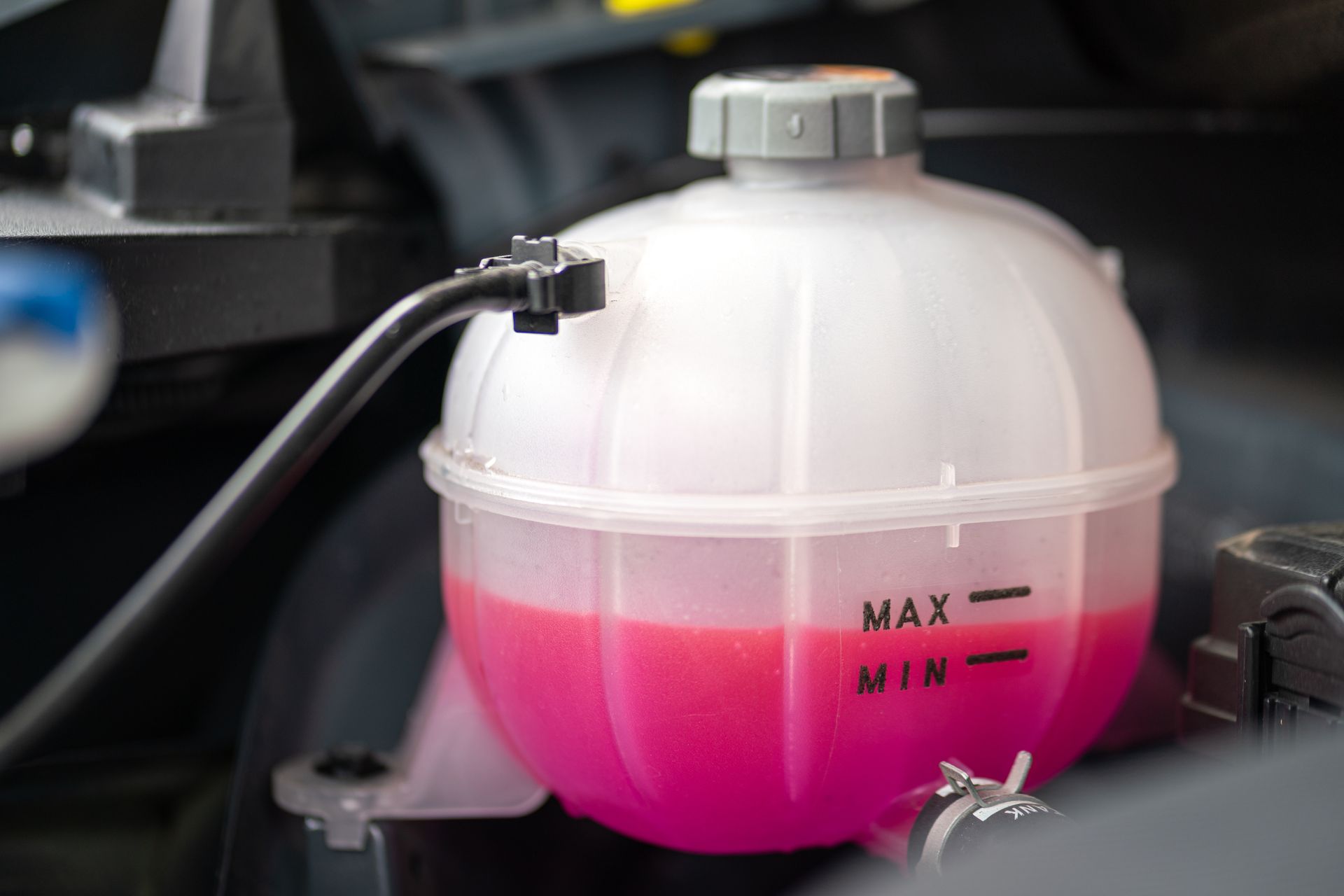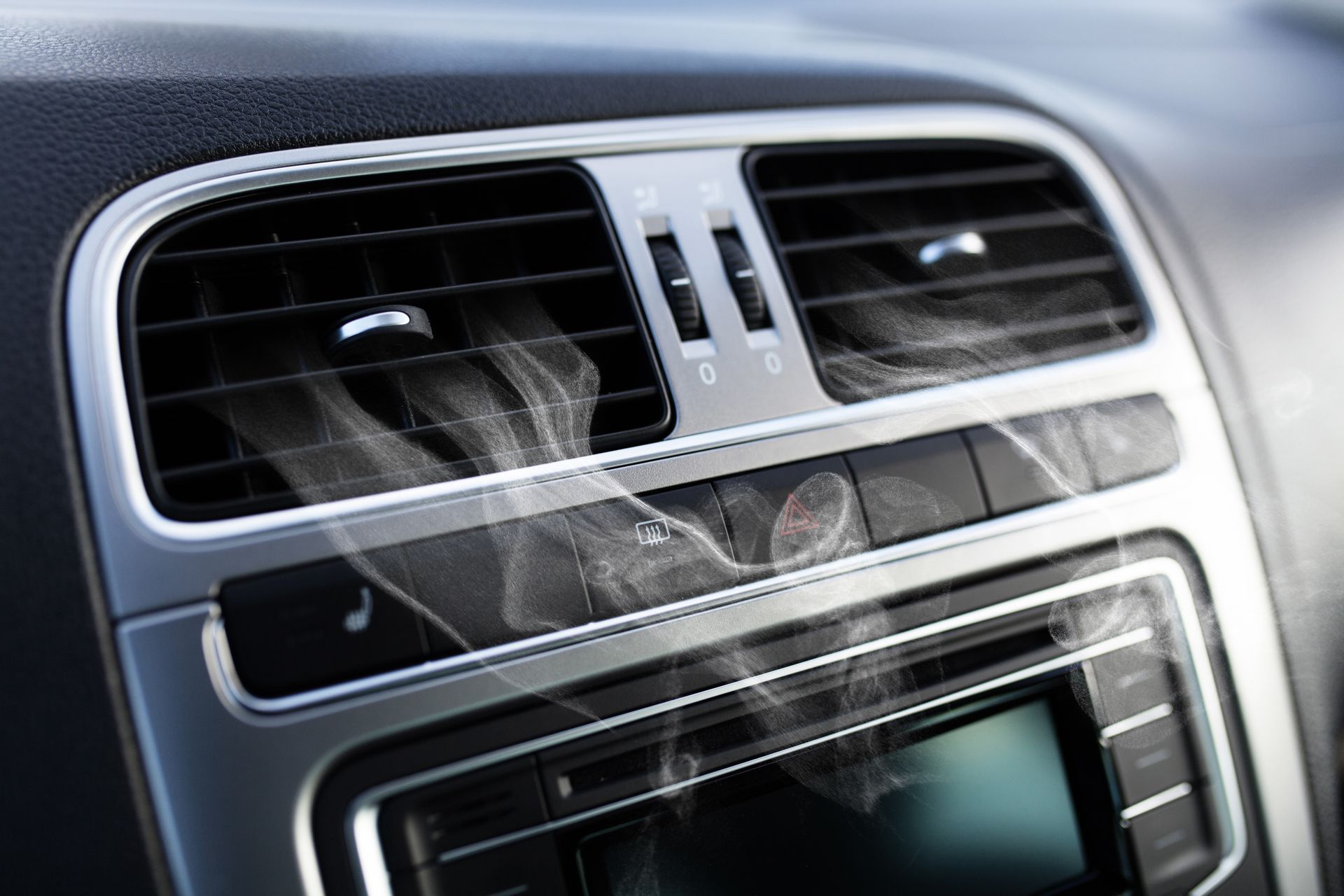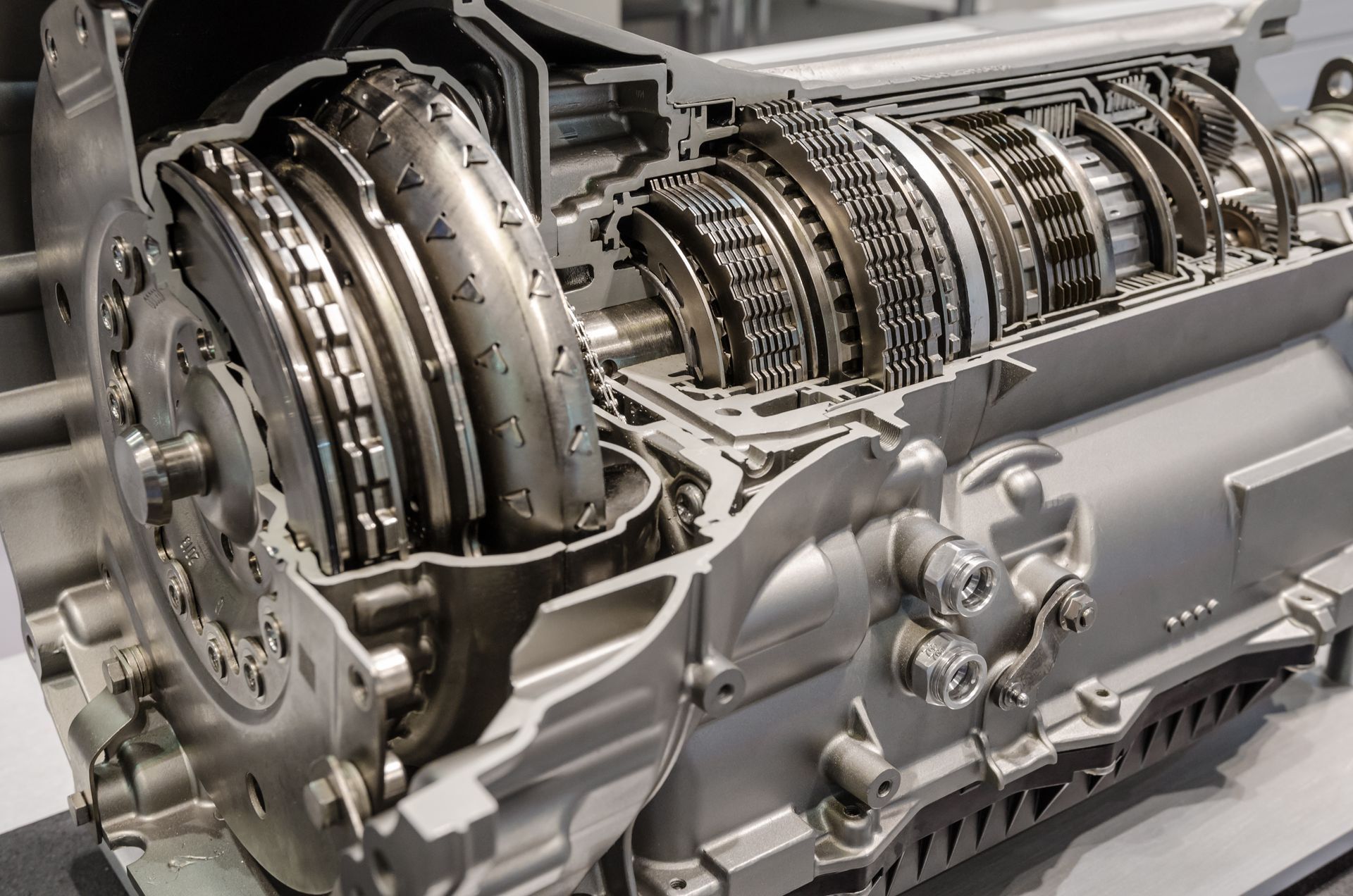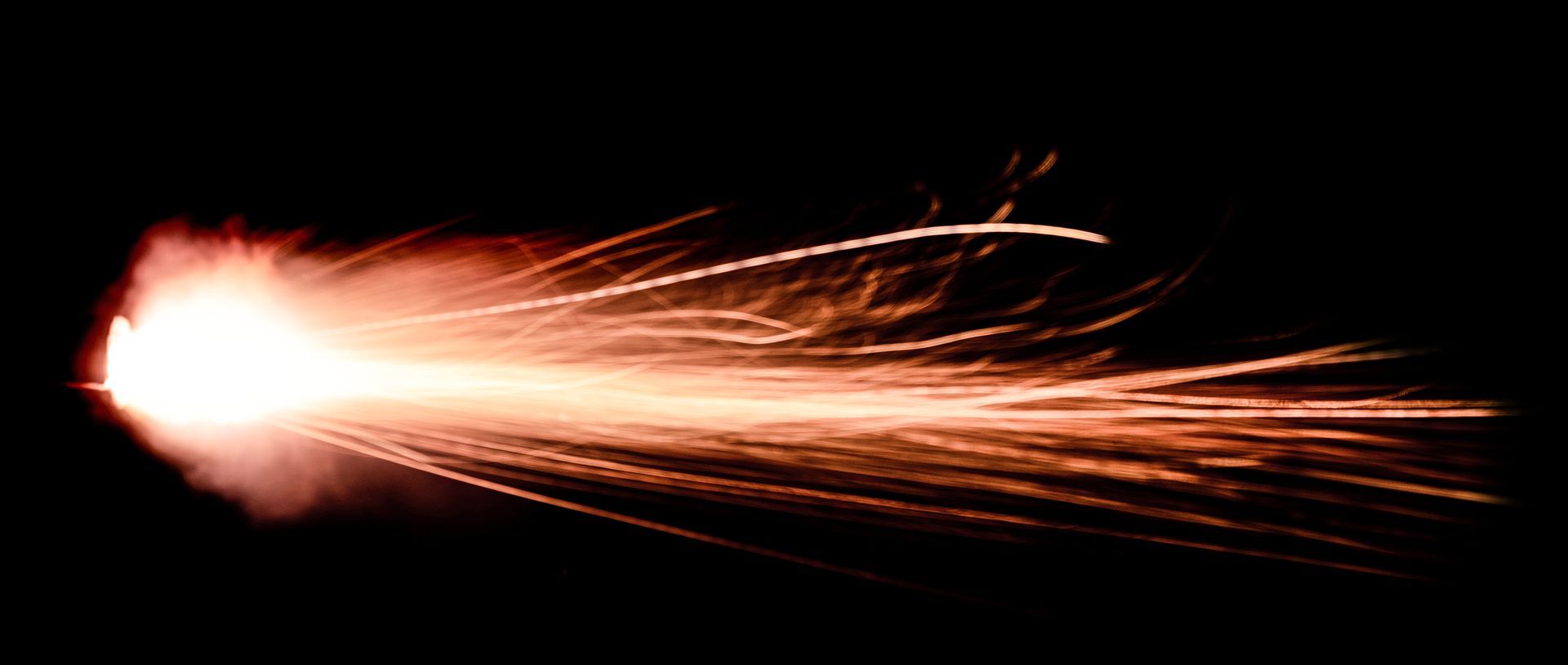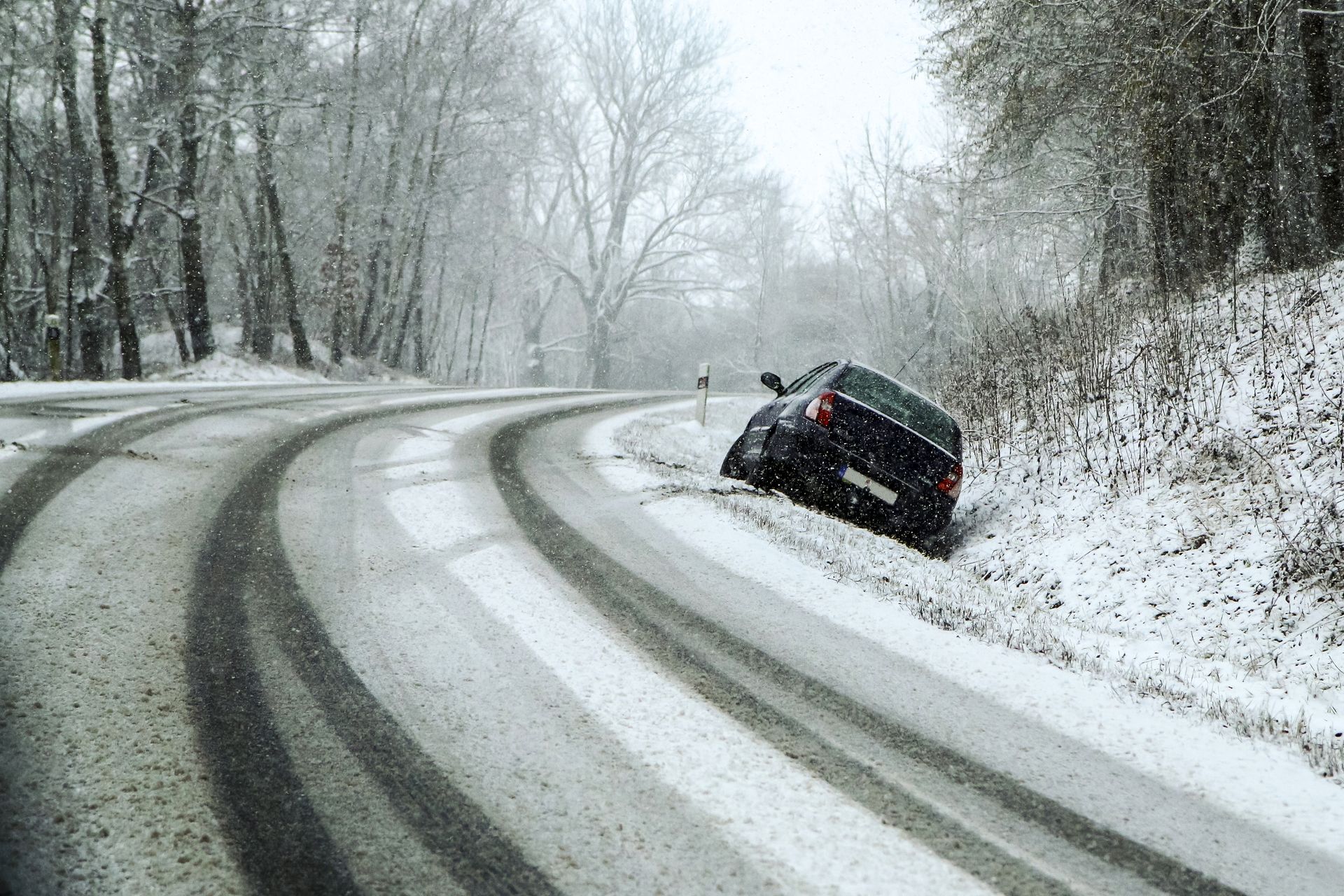Shifting gears is something most drivers do without thinking, whether their vehicle has an automatic or manual transmission. When that smooth transition stops working (whether the shifter won’t move, gears grind, or the transmission refuses to engage), it can be alarming and inconvenient. A car that won’t shift properly often signals a problem within the transmission or related systems that needs prompt attention.
How Your Transmission Works
Your transmission transfers power from the engine to the wheels by engaging different gear ratios. In a manual, you operate the clutch and gear lever to select the right gear. In an automatic, the system shifts for you based on speed, load, and throttle input.
Both types rely on precise mechanical and hydraulic function, and both require the right fluid levels and proper adjustments to work smoothly.
Common Reasons Your Car Won’t Shift
Low or Degraded Transmission Fluid
Transmission fluid lubricates gears, cools components, and, in automatics, creates the hydraulic pressure needed to shift. Low fluid levels can cause hard or delayed shifts, while old, contaminated fluid can make gear changes rough or impossible.
Clutch Problems (Manual Transmissions)
If your clutch isn’t fully disengaging, it will be difficult or impossible to move into gear. Worn clutch plates, a stretched clutch cable, or hydraulic issues in the clutch system can all cause shifting problems.
Faulty Shift Linkage or Cables
The linkage or cables connect your shifter to the transmission. If they are damaged, stretched, or misaligned, your car may not register your gear selection correctly.
Worn or Damaged Internal Components
Inside the transmission, worn gears, synchronizers, or bearings can prevent smooth shifting. In automatics, a failing valve body or solenoid can also interfere with gear changes.
Electronic or Sensor Issues
Modern transmissions rely on sensors to monitor speed, load, and throttle position. A faulty sensor or a problem with the transmission control module can cause erratic or failed shifts.
Warning Signs to Watch For
Shifting trouble often comes with other symptoms that can help pinpoint the issue:
- Grinding or crunching sounds when trying to shift.
- Delayed engagement when moving from Park to Drive.
- Slipping gears where the engine revs without accelerating.
- Dashboard warning lights for the transmission or engine.
Why You Shouldn’t Ignore It
Continuing to drive with shifting problems can cause further damage to the transmission. For example, running with low fluid can overheat and wear out internal parts quickly, leading to costly repairs.
If the problem stems from a clutch issue, continued driving can damage the flywheel or pressure plate. Even something as simple as a misadjusted shift cable can strain the transmission if left uncorrected.
Diagnosing the Cause
A professional inspection begins with checking the transmission fluid level and condition. Technicians will also test-drive the vehicle to feel for symptoms and may scan for trouble codes stored in the transmission control module.
Depending on the findings, repairs can range from replacing fluid and filters to adjusting cables or performing internal transmission work. In some cases, rebuilding or replacing the transmission may be necessary.
Preventing Future Shifting Problems
Regular maintenance is the best defense against shifting issues. This includes checking and changing transmission fluid according to your vehicle’s service schedule, inspecting clutch components on manuals, and addressing leaks promptly.
Smooth driving habits, avoiding harsh shifts, not riding the clutch, and allowing the transmission to warm up in cold weather can also extend transmission life.
Transmission Service at Oneida Service Center in Oneida, NY
If your car is having trouble shifting gears, don’t wait for the problem to get worse. At Oneida Service Center in Oneida, NY, we can diagnose the cause, make the necessary repairs, and get you back on the road with smooth, reliable shifting.
Schedule your transmission inspection today and protect one of your vehicle’s most important systems.


